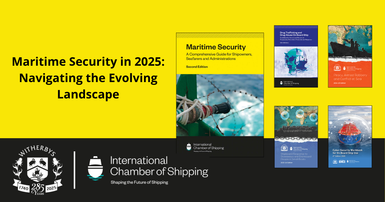Posted by Witherbys on 28th May 2025
Maritime Security in 2025: Navigating the Evolving Landscape
A Changing Security Landscape
As the maritime industry faces a rapidly shifting security landscape, the stakes are higher than ever. Cyber threats, piracy and geopolitical instability can risk lives, disrupt global trade and impose costly penalties on non-compliant ship operators. To support the sector in managing these challenges, the International Chamber of Shipping (ICS) publishes a series of security titles.
The latest addition to the series, the second edition of Maritime Security: A Comprehensive Guide for Shipowners, Seafarers and Administrations, provides an essential introduction to the evolving threat landscape, offering guidance on how to comply with international frameworks such as SOLAS and the ISPS Code, as well as general approaches to managing risk. For deeper operational guidance, ICS provide a wide range of specialised publications which provide in-depth advice on topics such as cyber risk, drug trafficking, piracy and stowaway response.
This article explores some of the most pressing maritime security threats in 2025 and highlights how the ICS security series can support industry efforts to stay informed, compliant and prepared.
- Cybersecurity Threats
As shipping operations become increasingly reliant on digital technologies, the industry faces an unprecedented wave of cyber threats. Cyber attacks, such as ransomware, GPS spoofing and system intrusions, now pose major risks to ship safety, cargo integrity and global trade. According to the Maritime Cyber Priority 2024/25: Managing cyber risk to enable innovation global report, nearly 31% of maritime professionals reported at least one cyber attack in that past year. The International Maritime Organisation (IMO) now mandates that all ship operators address cyber security into their Safety Management Systems (SMS) under MSC.428(98).
ICS’ Maritime Security provides an overview of current cyber threats, while the latest edition of Cyber Security Workbook for Onboard Ship Use offers practical guidance on:
- Training crew and promoting best practices to prevent cyber incidents
- identifying vulnerabilities in onboard systems
- implementing cyber security frameworks to protect against digital threats
- IMO cybersecurity regulations, including requirements under Resolution MSC.428(98).
- Geopolitical Risks
Maritime trade is directly impacted by political instability, with recent events posing risks to critical routes and infrastructure. The Red Sea crisis has led to dozens of ship attacks, forcing expensive reroutes. Tensions in Eastern Europe have increased attacks on Black Sea ports, disrupting supply chains, while recent subsea infrastructure incidents have raised concerns about global trade and military security.
Maritime Security provides expert insight into:
- How conflicts impact shipping lanes and transit security
- the role of naval forces in protecting merchant ships
- risk assessment frameworks for voyage planning
- the increasing threat to undersea infrastructure.
- Piracy and Armed Robbery Reports
Despite a decade of progress in reducing piracy, 2025 has seen an increase in attacks in several high-risk regions. The Gulf of Guinea remains the world’s most dangerous piracy hotspot, witnessing an increase in maritime incidents over the last few years (IMB Piracy Report). Piracy incidents in Southeast Asia surged by 50% in 2024, with the Singapore Strait seeing over 80 attacks on merchant ships (ReCAAP ISC). The Red Sea and the Horn of Africa are witnessing renewed maritime security threats linked to geopolitical instability.
The updated edition of Maritime Security outlines best practices for managing piracy risks, while the Piracy, Armed Robbery and Conflict at Sea guide offers further insight into:
- Best Management Practices for high-risk areas
- ship hardening techniques to deter attackers
- legal considerations for armed security teams
- crisis response strategies for hijackings and kidnappings.
- Tackling Drug Trafficking and Smuggling
Drug trafficking remains a significant issue in the shipping industry, as commercial ships can unknowingly become involved in the transportation of illicit substances. Trafficking involves complex networks of cartels and criminal gangs, posing severe risks to shipping companies and their crews. If drugs are found on board, shipping companies and their crews may face severe financial penalties or crew safety considerations when dealing with criminal threats.
Maritime Security provides an overview of these risks, while the fully revised and updated 2025–2026 edition of Drug Trafficking and Drug Abuse On Board Ship offers comprehensive guidance on the following:
- Trafficking hotspots and the latest trends and patterns
- recognising trafficking tactics and concealment methods
- implementing onboard security checks to detect illicit cargo
- legal obligations and procedures for reporting suspicious activity
- crew safety considerations when dealing with criminal threats
- crew training, including the dangers of social engineering.
- Stowaways and Distressed People in Small Boats Incidents
There has been a steady increase in the number of incidents at sea involving stowaways, migrants (including refugees) and the victims of trafficking, introducing associated risk to the safety of ships and crews. The presence of unauthorised individuals on board ship can lead to violence, disruption, or health emergencies and complicates compliance with international laws. Ensuring safe handling of such situations is key to maintaining maritime security.
Key recommendations are detailed in the first edition of Shipboard Response to Stowaways and Distressed People in Small Boats including:
- Port security measures to prevent unauthorised boarding
- onboard search procedures for detecting stowaways
- legal and humanitarian obligations when dealing with stowaways
- emergency response protocols for crew safety.
Regulatory Compliance
Complying with regulations on cyber security, piracy prevention and port security is critical for shipowners and operators. The latest edition of Maritime Security provides detailed guidance on how to comply with SOLAS and the International Ship and Port Facility Security (ISPS) Code statutory requirements. This new edition also outlines best practice for regulatory inspections and audits, including preparing an effective Ship Security Plan (SSP).
Shipowners who fail to comply with these evolving security requirements risk fines, detentions and reputational damage. Proactively adopting best practice, as outlined in the updated Maritime Security Guide, is essential for avoiding costly penalties and ensuring safe operations.
Conclusion
The security challenges facing global shipping in 2025 are more complex and unpredictable than ever before. However, with the right knowledge, preparation and strategic measures, shipowners and operators can safeguard their crew, ships and cargo from emerging threats.
The second edition of Maritime Security: A Comprehensive Guide for Shipowners, Seafarers and Administrations serves as an essential overview of global maritime security threats. Designed to provide high-level guidance, it covers key issues such as political instability, piracy, terrorism and cyber attacks. The guide also outlines general approaches to complying with SOLAS and ISPS Code requirements and offers introductory advice on managing and mitigating maritime security risks.
Specialised guidance on individual security threats is provided in the following ICS and Witherbys publications:
- Drug Trafficking and Drug Abuse On Board Ship - Guidelines for Owners and Masters on Preparation, Prevention, Protection and Response
- Cyber Security Workbook for Onboard Ship Use
- Piracy, Armed Robbery and Conflict at Sea
- Shipboard Response to Stowaways and Distressed People in Small Boats
All available in print and digital format from Witherbys at shop.witherbys.com.
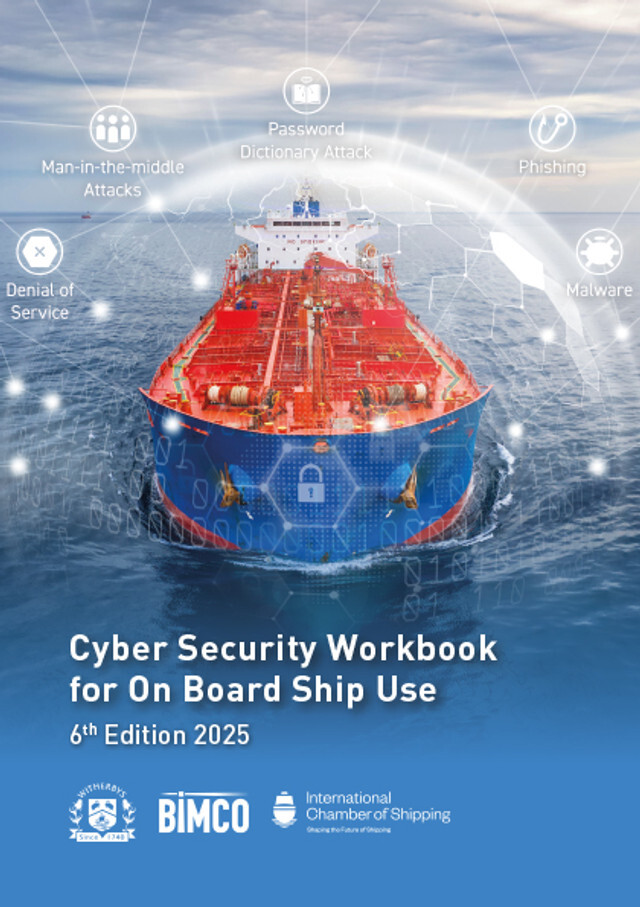
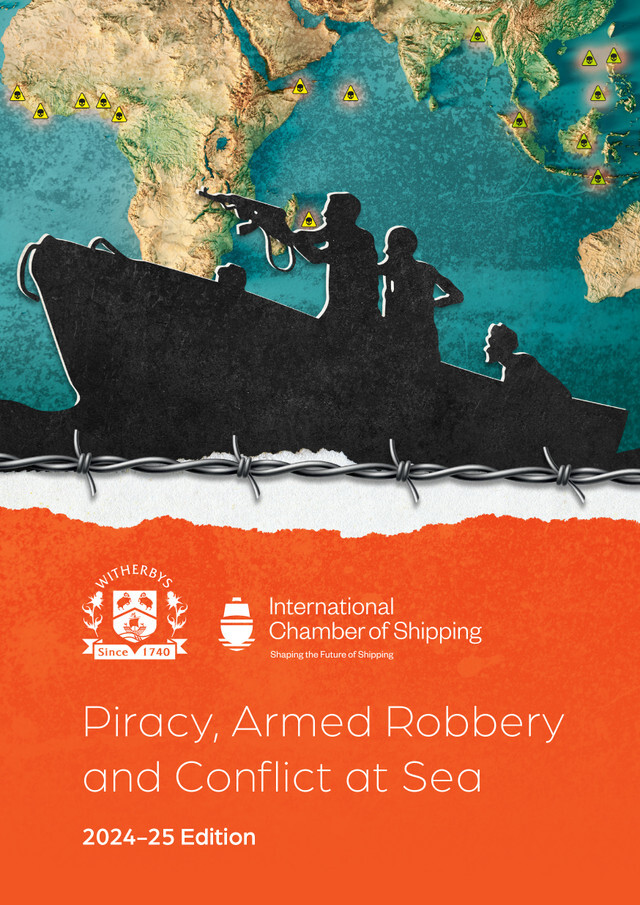
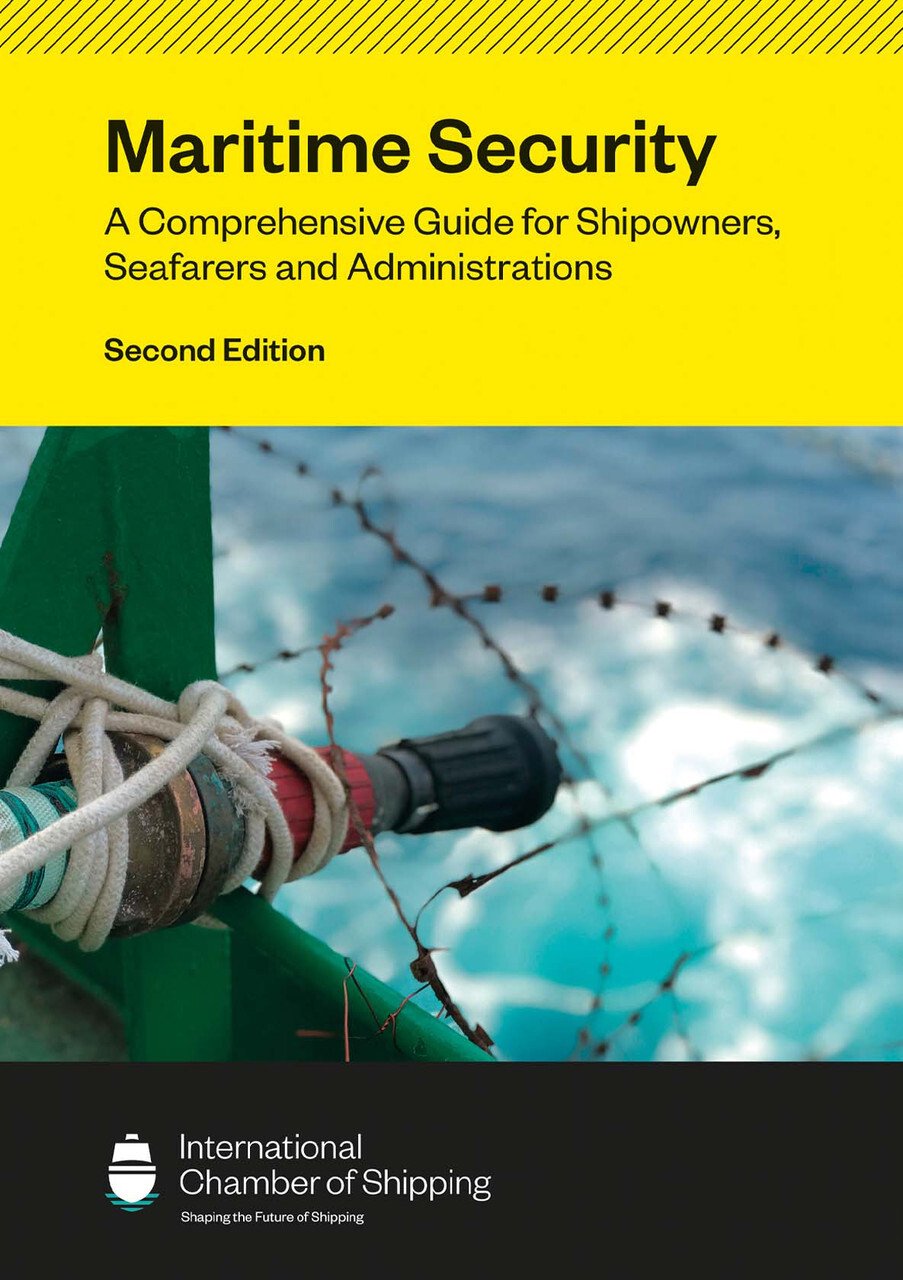
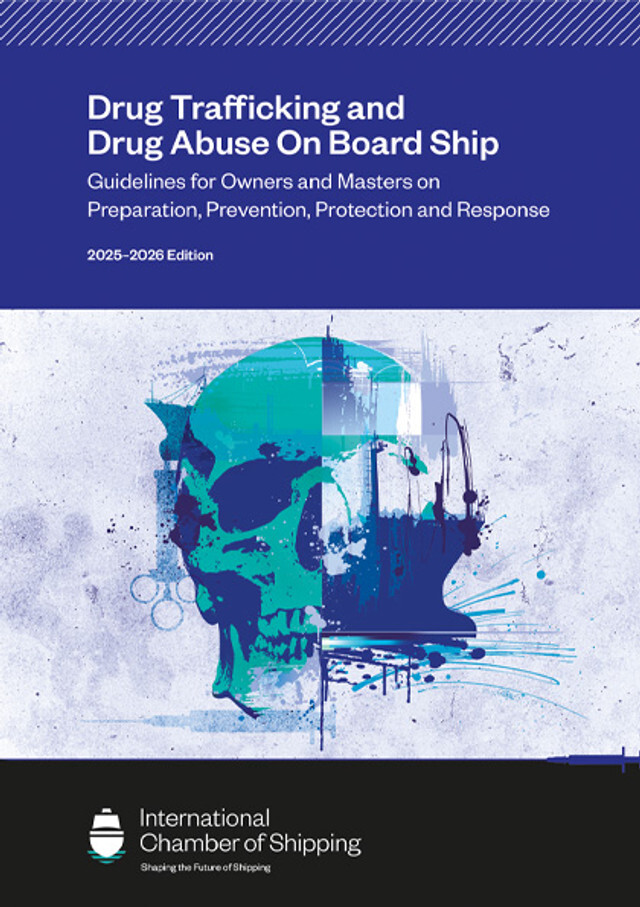
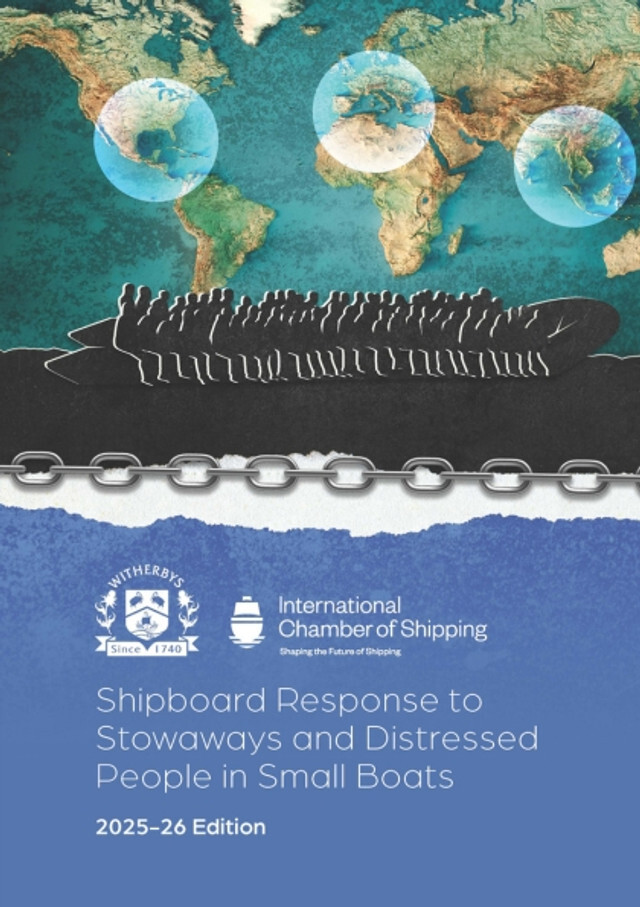
Maritime security is not just a regulatory requirement, it is a business-critical imperative. By implementing the best practices outlined in these guides, the industry can ensure a safer, more resilient future
References:

